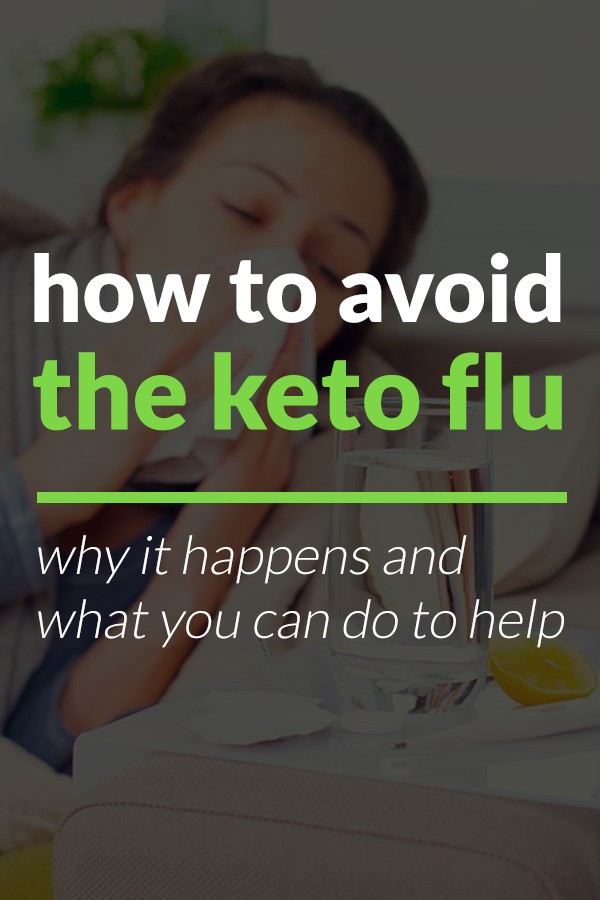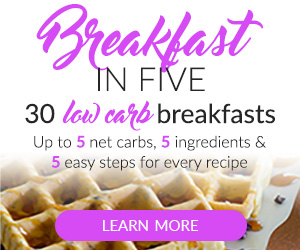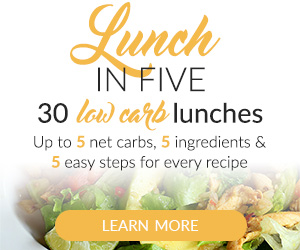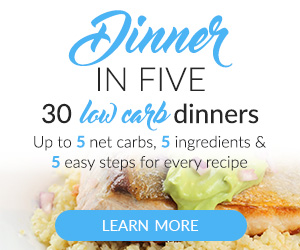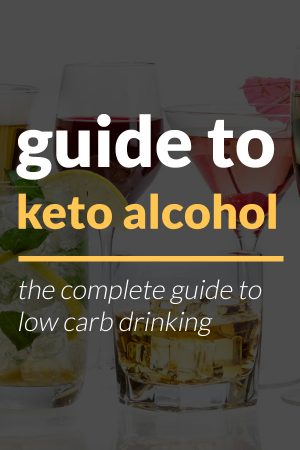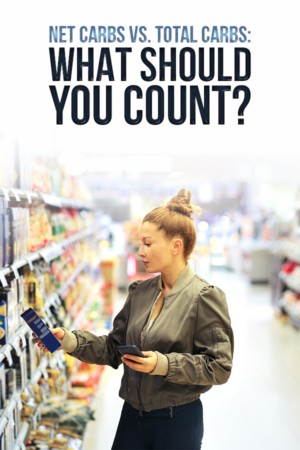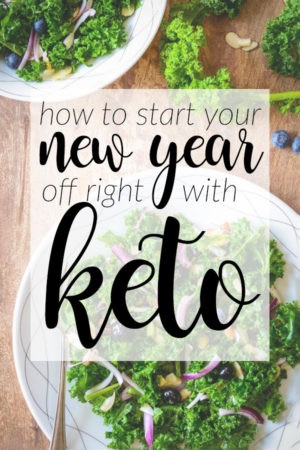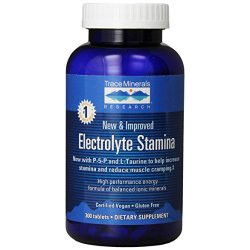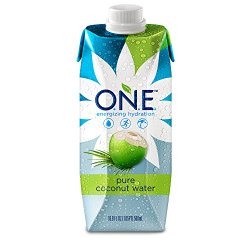What are the Keto Flu Symptoms & How to Help!
Keto flu is the name given to a set of symptoms some people experience when first starting keto. It’s not actually a flu and definitely not contagious, but it can become quite tiring. Keto flu symptoms are very similar to that of your regular flu and can last anywhere from a day to a few weeks! You may experience
- fatigue
- headaches
- cough
- sniffles
- irritability
- nausea
Many people who experience these symptoms in the beginning of their ketogenic diet will believe the diet is to blame and carbs are good after all. Ironically, seeing these symptoms is a sign that you were very dependent on carbohydrates! Your body is going through withdrawal from sugar and carby foods.
4-Week Keto Meal Plan
- 4 Weeks of Delicious Keto Recipes!
- Leftovers and Bulk Preps Included
- Maximize Your Keto Diet's Success
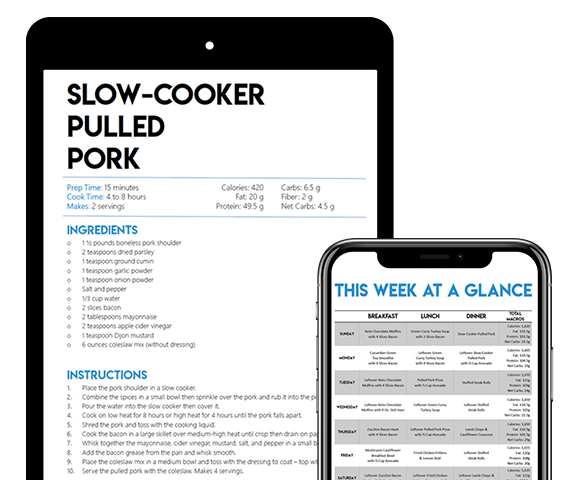
Withdrawal from Carbs
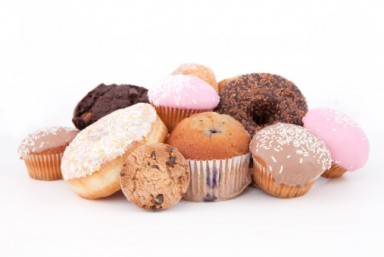
There are studies that have shown sugar has the same effect on our bodies and brains as cocaine and heroine!1 The same areas of the brain are activated when one eats sugar as when one ingests cocaine. In addition, when we eat sugar, our brain sends messages for the release of dopamine, the “feel good” hormone. After some time, the release of dopamine is more or less regulated and less is sent out each time we eat sugar. The absence of large amounts of dopamine triggers our need to want more sugar, to get that same “feel good” feeling back. Coincidentally, drug addiction is exactly that. The brain remembers what made it feel good, even if you don’t- cravings aren’t random.
When we stop eating sugar (or carbs altogether) our bodies can go through withdrawal. Many people report irritability and mood swings from the hormone surges, or lack thereof. Our bodies are recalibrating themselves without the influence of heavy factors such as carbs.
Readjusting to Fat
Headaches and fatigue can come from the sudden drop in carbs. When our bodies are used to using carbs for energy, it takes a little bit of time to readjust to using fat. This is the process of becoming keto adapted! It usually takes a person anywhere from 2-5 days to enter ketosis. When carbs are limited to under 50g (depending on the person, but textbooks seem to agree on this number) the body starts to break down fatty acids in ketones, which the brain then uses for fuel. This doesn’t mean they’re keto adapted though.
Becoming Keto Adapted
Becoming keto adapted means your body is now readily and easily converting those fatty acids you’re eating into ketones. In the beginning, the body may not be well equipped to convert. We all have fat converting enzymes, but the amount of them drastically increases when keto adapted. This is another cause of fatigue in the beginning of a keto diet, or during a keto flu: your body is building up the reserves to start running on fat (creating more enzymes to more efficiently burn fat). Give it time, and you’ll become a well oiled machine soon enough.
When you’re keto adapted, your body will more easily convert fat into ketones.
Nausea can also be caused by the lack of fat converting enzymes. When someone jumps into a low carb diet too quickly (going from almost no fat a day to eating all the fat they can get their hands on) their body can’t digest all that fat right away. This leaves a large portion of fat undigested and built up and makes some people understandably nauseated. It’s been suggested to ease yourself into a low carb diet, especially if you know your regular diet consists of mainly carbs, for example, the standard American diet (SAD).
A great benefit of being keto adapted is that if you eat a cheat meal or fall off the wagon for a day or two, you will re-enter ketosis much faster. When your body is primed to use fat for fuel, it will more readily do so when reintroduced than someone who has just started a low carb diet. This comes in quite handy when one is fasting. A keto adapted body will go into a fasting state much faster than one that is not. For more info, read all about intermittent fasting and how it can help you lose weight and break some plateaus.
Keto adapted or not, beware, keto flu can happen to anyone, anytime. If you forget to eat real food and maintain a healthy water intake, your body will suffer. Keep reading to learn about the importance of electrolytes and how they will help your keto flu.
Alleviate Keto Flu = Replenish Electrolytes!
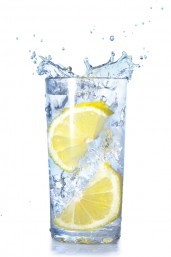 One of the main causes of keto flu is lack of electrolytes.2 Electrolytes are minerals in your body that carry an electric charge. Electrolytes affect the amount of water in your body, the acidity of your blood (pH), your muscle function, and other important processes. An electrolyte deficiency can be caused by a few things, most prevalent of which are your water intake and foods you may not be eating enough of.
One of the main causes of keto flu is lack of electrolytes.2 Electrolytes are minerals in your body that carry an electric charge. Electrolytes affect the amount of water in your body, the acidity of your blood (pH), your muscle function, and other important processes. An electrolyte deficiency can be caused by a few things, most prevalent of which are your water intake and foods you may not be eating enough of.
On a low carb diet, drinking water is extremely important. The fat inside your cells will become replaced with water as a place holder when losing weight. For this reason, many people experience water retention while in ketosis; their cells are storing water, instead of fat. They do this in case of dehydration. Drinking more water during water retention can help combat it! Your body will let go of that emergency water it’s been storing when it sees water is flowing freely.
The one drawback of drinking a lot of water is the electrolytes it can flush out with it. You will be peeing a lot! The more water you’re drinking, the better, until you start to expel more electrolytes than you’re ingesting. Many people on keto can become deficient in magnesium, potassium, sodium, calcium, phosphorus or chloride, to name a few. Make sure to replenish your electrolytes, whether by a supplement or simply introducing foods that are high in electrolytes into your diet. Let’s look at a few next.
Low Carb Foods That Are High in Electrolytes
| Potassium | avocados, nuts, dark leafy greens such as spinach and kale, salmon, plain yogurt and mushrooms |
| Magnesium | nuts, dark chocolate, artichokes, fish and spinach |
| Sodium | salt, soup broth, bacon, pickles and sauerkraut |
| Calcium | cheese, leafy greens, broccoli, seafood (sardines!) and almonds |
| Phosphorus | meats, cheese, nuts, seeds and dark chocolate |
| Chloride | most vegetables, olives, seaweed and salt |
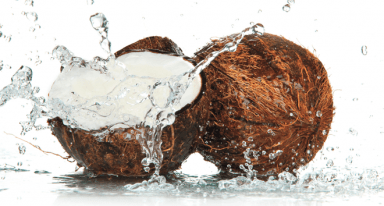 You can also drink some coconut water! It’s an awesome source of calcium, sodium and potassium.3 Drink it chilled or pour some into a smoothie or protein shake. Beware, some brands of coconut water can add a lot of sugar to make it taste more like conventional juice! Look for roughly less than 10g of carbs per 8 oz serving. It’s not exactly low carb, but when you’re suffering from low electrolytes, it may be a good idea to allow some coconut water into your carb count and see if it helps.
You can also drink some coconut water! It’s an awesome source of calcium, sodium and potassium.3 Drink it chilled or pour some into a smoothie or protein shake. Beware, some brands of coconut water can add a lot of sugar to make it taste more like conventional juice! Look for roughly less than 10g of carbs per 8 oz serving. It’s not exactly low carb, but when you’re suffering from low electrolytes, it may be a good idea to allow some coconut water into your carb count and see if it helps.
Also, consider making your own broth! It’s very simple and gives some awesome results. When you make your own food, you know exactly what’s going in and what you’ll get out. The nutrition facts will be exact and you know there are no hidden flavors, preservatives, chemicals or toxins. We like to make bone broth with beef bone marrow; it’s full of collagen, gelatin, protein, vitamins and minerals. It tastes amazing and is super versatile. All the goodies within it are sure to keep the keto flu at bay.
Do you have any tips on how to treat keto flu that we may have missed? Post them in the comments and we’ll include them!
NUTRITIONAL DISCLAIMER
The content on this website should not be taken as medical advice and you should ALWAYS consult with your doctor before starting any diet or exercise program. We provide nutritional data for our recipes as a courtesy to our readers. We use Total Keto Diet app software to calculate the nutrition and we remove fiber and sugar alcohols, like erythritol, from the total carbohydrate count to get to the net carb count, as they do not affect your blood glucose levels. You should independently calculate nutritional information on your own and not rely on our data. The website or content herein is not intended to cure, prevent, diagnose or treat any disease. This website shall not be liable for adverse reactions or any other outcome resulting from the use of recipes or recommendations on the Website or actions you take as a result. Any action you take is strictly at your own risk.
- EPIC Keto Krate Haul! - February 13, 2020
- 30+ Low Carb Snacks (Keto Snacks) with Little to No Prep - January 1, 2019
- Keto Browned Butter Pumpkin Spice Latte [VIDEO] - November 13, 2018
